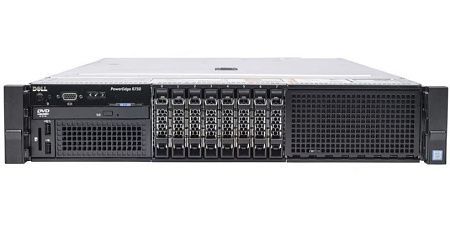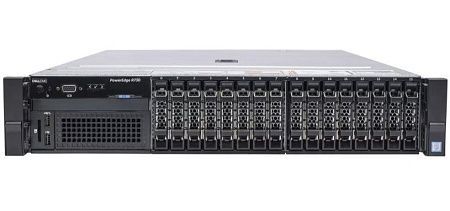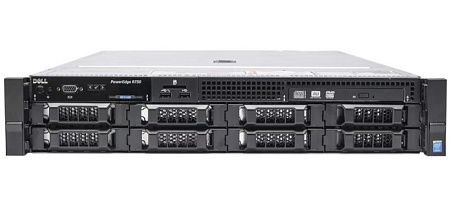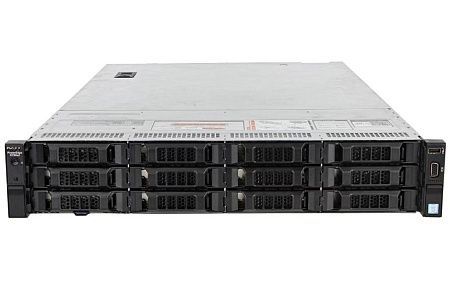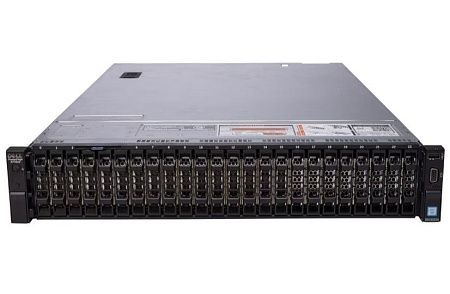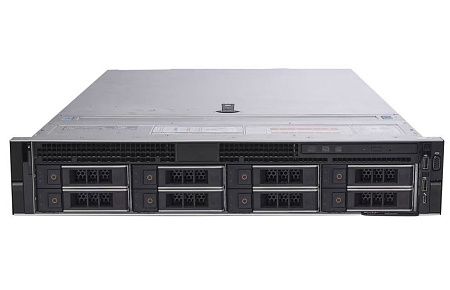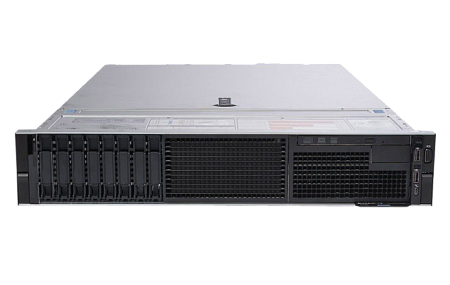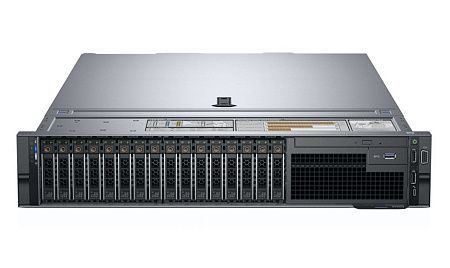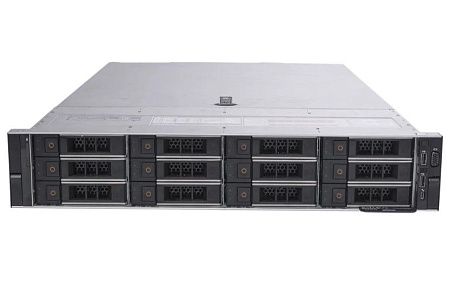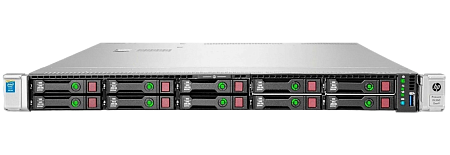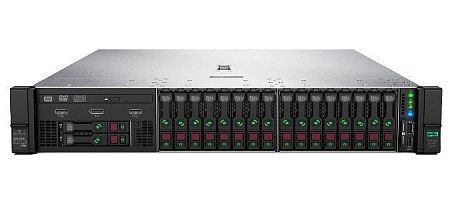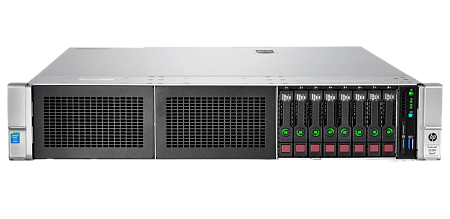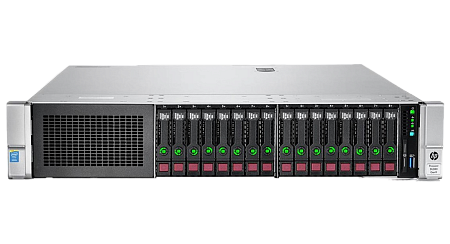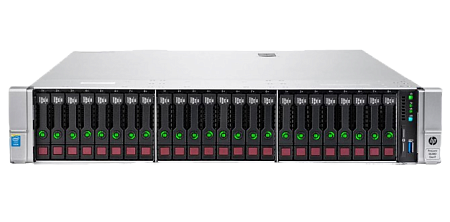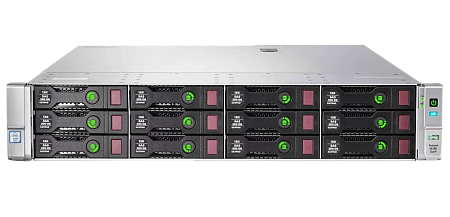The RAM is one of the important features of the server as well as the processor, a motherboard and a storage. There are the types of a server RAM with its main differences from a conventional RAM, regarding all happens in the current segment.
The RAM servers’ production is under totally control at every stage. Planks have to be distinguished by increased fault tolerance and with uninterrupted operation for a long time under high loads. That’s why it has changes from the ordinary RAM.
In general, a server memory includes the same functions as the RAM for a home, office or game PC. For example:
- Store the information temporarily that is necessary to solve the current issues;
- Responsible for a quality of the data exchange;
- Responsible for a speed of the operations.
The main differences between the RAM for the servers
The RAM has special characteristics for servers that ordinary RAM bar doesn’t have. The main differences between them are:
- Server memory has more narrow operate specialization (it’s usually don’t fit with the most personal computers);
- The ability to correct the errors is initially in the registered memory. It’s have main components to work more stable. Failures and downtime are rare;
- Server memory provides higher fault tolerance for the server machines because it is specifically designed to maximum loads. The servers run smoothly and the situations like a receiving invalid data due to downtime, are excluded;
- Due to the help of an additional compact microcircuit (register) server register memory, efficient buffering of server equipment is provided;
- The cost of the RAM server memory is higher if it compared with conventional one.

However, the register memory is not perfect in everything. The disadvantages of the registered memory include a slight decrease in a performance because of the each reading and writing buffers in a register for one cycle before it will be moved from the memory bus to the DRAM chip. That’s why the registered memory is considered to be for a one cycle slower than non-registered.
The types of the server memory
There are four generations of a server RAM: DDR, DDR2, DDR3 and DDR4. Each new generation differs from the previous one with the kinds of characteristics: the increased bandwidth and the reduced power consumption, as well as the base frequency.
If the high frequency – then it will be higher the overall performance of the memory. For the DDR3 format the standard of the frequencies are from 1333 to 1866 MHz, for DDR4 - from 2133 to 2933 MHz.
When we choose memory for a server, we first of all look for the information in the motherboard and the processor specifications concerning supported necessary frequency. Otherwise, it is possible that the RAM will refuse to work. Or it will work at the maximum frequency that the processor supports.
The RAM modules themselves are:
- RDIMM - buffered, or register. They compare favorably with unbuffered ones because of they have a separate register for address and command signals.
- LRDIMMs - faster and larger than 2-rank or 4-rank RDIMMs by increasing the memory buffer. Using LRDIMM in a typical server allows to make 512 GB, 1 TB or 1.5 TB of memory.
Moreover, the server memory can be low-voltage (it has an L indicator in the memory model) and low-profile (it has no indicators, it is just smaller in height: Very Low Profile). Its volume can be 4, 8, 16, 32, 64, 128 or 256 GB on one bar. If it higher, then it will be greater the density of the server.
What's happening in the server RAM market
The first-generation of the RAM (DDR1 or SDRAM), released at 2000 has almost disappeared from the market. DDR2 and DDR3 are currently out of the production, but although DDR3 (and its variant DDR3L) is still usable.
At the end of 2020, more than 80% servers’ RAM market is occupied by DDR4. It provides excellent throughput, demonstrates high energy-efficiency and it is quite affordable (the used bar can be bought in a cheaper way). At the same time, the analysts have already announced that the 2021 year as an official start of the DDR5 era: only trough few months it will begin make actively the way to the market.
Hynix, which announced the release of the fifth generation of the RAM, says that DDR5 will be able to support frequencies from 4800 to 5600 MHz. In a nutshell, it will be about 1.8 times faster than the most standard DDR4.
Bonus: How much RAM does the server need
If the server is constantly busy with hundreds or thousands of PCs, it will need a lot of the RAM to work. And vice versa: when you rarely access to it and don’t expect an instant response, then the large amounts of the RAM are not needed.
For example, a file server for 30 users will be able to function normally with 4 GB. For 60 people you will need 8 GB already, and so on: for every additional 30 employees you can add 4 GB.
The video surveillance server has to be equipped based on the number of cameras: 16 GB will be enough for 5 cameras, 24 GB for 15 cameras, and at least 64 GB for 100 cameras. Further, the scaling will be require a detailed description of the observation tasks.
For a database server you need as much RAM as the database itself will take, including a space for the operating system and for the other needs.
1C server configuration for 3-5 users will be enough 8 GB. 10 people will need 16 GB. For 20 employees and higher there are usually use a bunch of 2 servers with at least 48 GB of the RAM.
In the servers for virtualization the required amount of the RAM is calculated by summing up the needs of all virtual servers.
Specialists of our company are ready to help you purchase the server and select the necessary server configuration for any required task.


